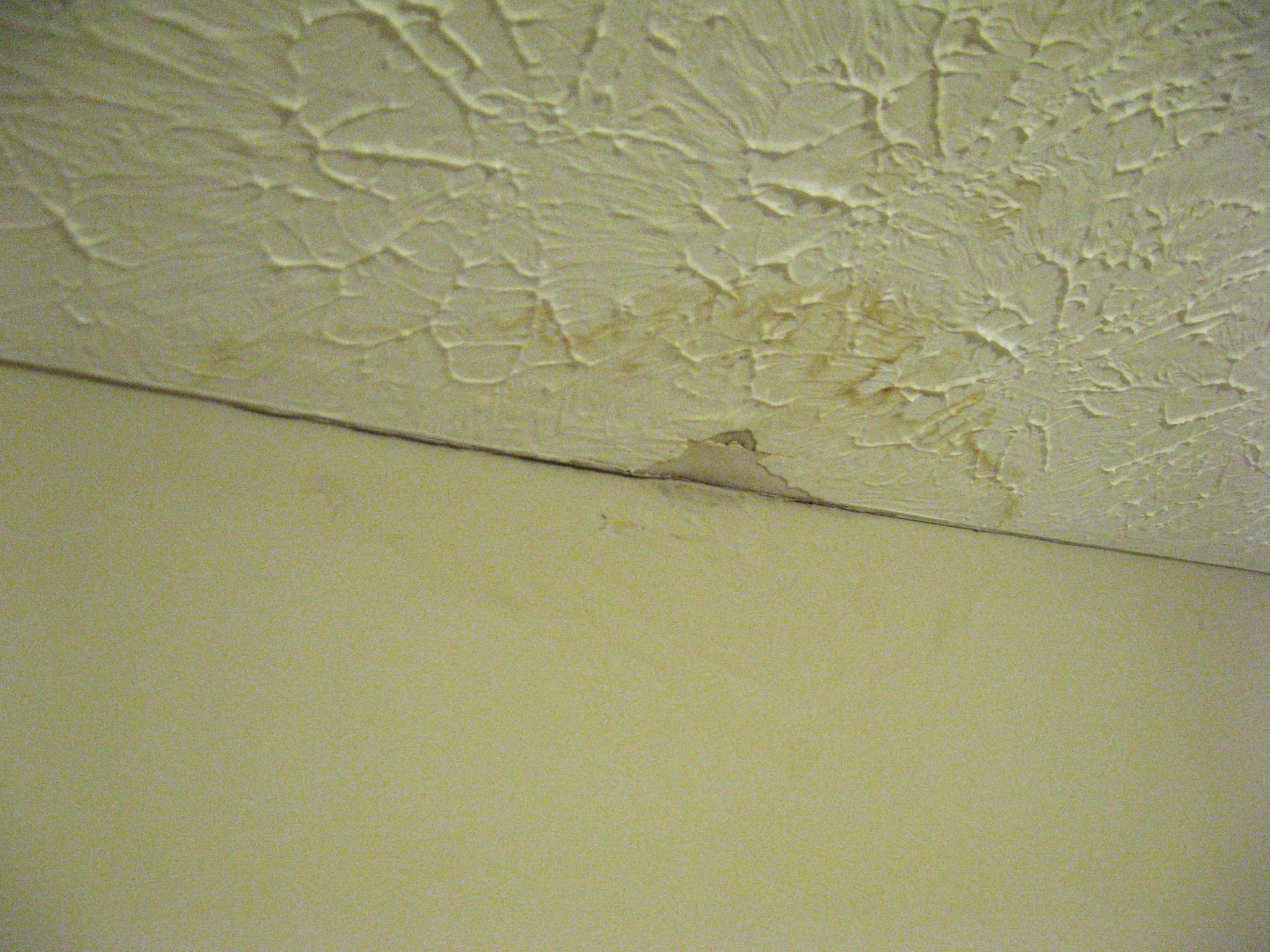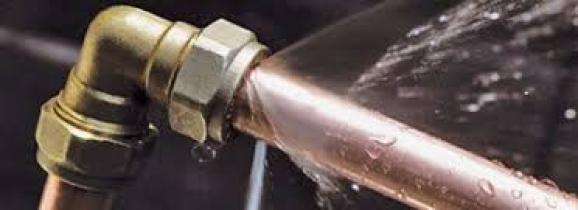A Guide to the Six Most Common Water Leak Causes in Your Home
A Guide to the Six Most Common Water Leak Causes in Your Home
Blog Article
Every person will have their private thoughts with regards to Most Common Causes of Leaky Pipes.

Leaks not only trigger waste of water yet can additionally create unnecessary damage to your home as well as promote undesirable natural growth. Unfortunately, water leakages might go undetected since most of the pipework in our residence is concealed. By looking and also comprehending for day-to-day scenarios that trigger leaks, you can protect your residence from future leaks and also unnecessary damages. Today, we will certainly check out 6 leak causes that may be triggering your pipes to leak.
Elbowing in roots
Most water leakages begin outside the house rather than inside it. You might see damp patches or sinkholes in your yard, and that may suggest that tree roots are attacking water lines triggering water to permeate out.
Corroded water systems
As time goes by, your plumbing system ages and also deterioration such as corrosion may start gnawing the pipes. This could be the root cause of staining or warping on your pipes. This asks for an evaluation with your plumber right away. If our plumbing system is old, consider changing the pipelines because they go to a greater threat of rust than the more recent versions.
Defective Pipe Joints
The point at which your pipes link is often the weakest link in the waterline. Pipeline joints can wear away over time, leading to water leakages. The bulk of pipeline joints are not conveniently noticeable. If you have noisy pipes that make ticking or banging sounds, particularly when the warm water is switched on, your pipe joints are probably under a great deal of stress. It is suggested to have your plumber evaluate your system yearly.
Instant temperature level adjustments.
Extreme temperature level adjustments in our pipelines can cause them to broaden and acquire unexpectedly. This development as well as contraction might trigger cracks in the pipelines, especially if the temperature level are below cold.
Poor Water Connectors
At times, a leakage can be brought on by loose hoses as well as pipes that provide your appliances. Most of the time, shifting is what creates the loose water Links. You could discover when it comes to a washing equipment, a tube may spring a leakage due to trembling throughout the spin cycle. In case of a water links leakage, you may notice water running straight from the supply line or puddles around your devices.
Clogged Drains
Clogged drains may be annoying as well as inconveniencing, yet they can in some cases wind up creating an overflow leading to burst pipes. Maintain getting rid of any materials that might decrease your drains pipes that could clog them to prevent such aggravations.
All the above are reasons for leaks yet not all water leakages arise from plumbing leakages; some leakages could come from roofing leakages. All leakages need to be repaired quickly to prevent water damage.
Leaks not only trigger waste of water yet can likewise trigger unneeded damages to your home as well as promote unwanted organic growth. By comprehending as well as looking for day-to-day scenarios that cause leaks, you can secure your house from future leakages as well as unneeded damages. Today, we will certainly look at 6 leakage creates that might be creating your pipelines to trickle.
At times, a leakage can be caused by loosened tubes and also pipelines that provide your devices. In instance of a water links leakage, you might see water running straight from the supply line or pools around your home appliances.
How To Check For Water Leak In Your Home
How To Check for Leaks
The average household's leaks can account for nearly 10,000 gallons of water wasted every year and ten percent of homes have leaks that waste 90 gallons or more per day. Common types of leaks found in the home are worn toilet flappers, dripping faucets, and other leaking valves. These types of leaks are often easy to fix, requiring only a few tools and hardware that can pay for themselves in water savings. Fixing easily corrected household water leaks can save homeowners about 10 percent on their water bills.
To check for leaks in your home, you first need to determine whether you're wasting water and then identify the source of the leak. Here are some tips for finding leaks:
Take a look at your water usage during a colder month, such as January or February. If a family of four exceeds 12,000 gallons per month, there are serious leaks.
Check your water meter before and after a two-hour period when no water is being used. If the meter changes at all, you probably have a leak.
Identify toilet leaks by placing a drop of food coloring in the toilet tank. If any color shows up in the bowl after 10 minutes, you have a leak. (Be sure to flush immediately after the experiment to avoid staining the tank.)
Examine faucet gaskets and pipe fittings for any water on the outside of the pipe to check for surface leaks.
Undetected water leaks can happen without the home or business owner even realizing. If you suspect a water leak, but not able to find the source. It is time to contact a professional water leak detection service, The Leak Doctor.
How To Find a Water Leak In Your Home
https://www.leakdoctor.com/blog/How-To-Check-For-Water-Leak-In-Your-Home_AE197.html

As a reader on How to detect water leaks in your home, I assumed sharing that piece of content was a great idea. Be sure to set aside a second to share this blog entry if you appreciated it. Thank-you for going through it.
Contact Us Today Report this page